|
This is a ceremonial Navajo dance in progress. We found ourselves here unexpectedly at the end of an off road tour of Monument Valley, the iconic parkland on the Navajo reservation whose massive rock monuments evoke thoughts of cowboy movies and the wild west to anyone who has watched American western movies. We had stopped here with our guide after taking the tour for a dinner of Navajo flatbread. Once the dance was finished, we hoped in the open van we had been traveling in and started barreling down dirt roads through the middle of the desert in the moonless dark. We are seated in the back holding on for dear life. The only other passenger is our driver who is doing his best in the cab up front to set a land speed record and get us back to the Monument Valley Lodge in record time. This was the culmination of a long deferred trip to northern Arizona and southern most Utah. We got to this night ride by booking an off-road tour through Monument Valley with a local tour group. We expected to be part of a group but bookings were off on this Spring day so we had a private tour instead. We are deep in Navajo country, in a very small town with an other-worldly view. It's 2022, so we are not far removed from the Covid pandemic which decimated the Navajo community. Many died and more suffered from the loss of tourist revenues from sites like this. Masks were still mandatory in public places. And, the crowds are sparse. This is the iconic view that greets you from the lodge parking lot and it's where we started our tour off road into the Valley. Our journey started on asphalt but quickly broke off onto dirt paths through the sage brush into the country surrounding these monumental structures. While we had seen glimpses of this landscape in movies, this was our first visit. Made famous in Westerns staring John Wayne and others in the 1930s and 40s after a local hotelier took photographs of the area to director John Ford in a pitch to get him to film movies there. The Valley has served as the backdrop for dozens of movies. Think Stagecoach, Fort Apache, The Searchers, How the West Was Won, and The Greatest Story Even Told. Newer films include, Easy Rider, The Legend of the Lone Ranger, 2001: A Space Odyssey, Back to The Future Part III, and Thelma and Louise. Others still include Indiana Jones and the Last Crusade, The Lego Movie, and Transformers: Age of Extinction. This spot, in particular, was featured in several of the earlier films shot by John Ford. Several contained scenes with a horse and cowboy standing on the ledge looking out at the dramatic landscape. Today, for a few dollars you can do as the sign says and rent a horse to pose with you for a photo. Or, you can shop in one of the open air stalls for Navajo jewelry. There are several Navajo families who live in this desert, off the grid, for parts of the year. Driving through this harsh land, it is hard to understand how they manage. Or how their ancestors managed before. Pictographs like the ones above, however, evidence much earlier settlement in this area. It's undeniably beautiful. And, on a Spring day not that hot either. Cold, even, after the sun sets.
If you went to high school when I did, you can forget what your learned about dinosaurs going extinct. Sure, the grounded Jurassic Park version of dinosaurs are gone and mammals, including us, rose to fill their ecological niches. But the world's paleontologists, employing sophisticated modern tools and methods, have concluded over the past decades that birds are direct descendants of dinosaurs. Specifically, birds descend from the bi-pedal, meat eating theropods of Velociraptor and Allosaurus fame. Like their theropod ancestors, birds breathe more efficiently than mammals using a lung and air sac system employed by their Jurassic for-bearers. The hollow bones that keep them light for flying come from their dinosaur predecessors, perhaps answering the question of how dinosaurs could be so big. And, if you have ever wakened to the raucous cawing and screaming of a blue heron rookery, you can easily believe that the otherworldly sounds you are hearing come from some distant Jurassic past. You could even argue, notes Mark Norell, the paleontology curator for the American Museum of Natural History, that "we still live in the age of dinosaurs.” Bird species far outnumber mammal species. There are about 18,000 species of birds in the world, but only about 4500 of mammals. So hiding in plain sight outside your window is the modern Jurassic world you thought was gone, flying in the air, nesting in trees, and visiting your backyard bird feeder. So, imagine my delight after years of trying to photograph the magnificent pileated woodpecker, to find this young male (yes the red cheek strip gives him away) feasting on black ants around a fallen tree. He stayed just long enough for me to salvage my camera out of the car and attach the long lens needed to capture his image without disturbing him. Yes, I had seen pileated woodpeckers before and heard them more often yak-yaking away in the trees or as they flew over head. Once, from the seat of a kayak, I got to watch a parent chase three young ones up a pine tree on an island in a north Georgia lake but I didn't have enough camera to capture the moment. So, here the big fella is lunching in the mountains of north Georgia. All photos and text are copyright Clinton Richardson. If you like these posts, please tell your friends about the Venture Moola blog. And, feel free to share this blog. Click here if you would like to get a weekly email that notifies you when we release new entries.
The locals call this the Hummingbird because of the shape. We are underground looking up at the sky and the colors it brings out in the canyon walls. A Navajo guide is leading through the canyon. We are all masked, as required in Navajo territory. To get here we drove to a remote spot in the desert outside Page, Arizona in the far southwestern part of the State. From the office outside the canyon we walk downhill with our guide to a hole in the ground that serves as the canyon entrance. Several sets of steps and ladders lead us deep underground for the starting point of our gradual walk uphill through Lower Antelope Canyon. There are just four of us but larger groups follow behind. Once we reach our starting point at the bottom of the canyon, we are reminded of those following us when a water bottle dropped from high above slams into my head. Argh! No damage done, we start our gradual ascent. The scene is other-worldly. Intense colors and curving walls greet us at every turn. Morning light filtering in from above works its magic to produce a show of light, color, and shape. We feel no sense of claustrophobia, The cavern is immense and always light. To get a sense of scale, see if you can find the hiker in the image below. Magical curves and shapes are everywhere, bathed in the morning light. Some are quite remarkable, like the one below. Others are less dramatic but interesting in their own way. The exotic shapes and swirls are the work of wind and water, we are told. And, I am reminded that we carefully checked the weather before coming. Even distant rain showers can flood one of these caverns quickly. In this moment, however, we are feeling no anxiety. Wonder at the exotic beauty and the play of color and light have captured our attention. It takes us about 45 minutes to make our way to the exit. One last short climb brings us to the surface not far for the Navajo office. Our trip will end with an early lunch of Navajo flat bread in a native hogan constructed nearby. The hogan is the traditional style Navajo home with its door opening facing East to capture the early morning spirits. But before we get there, we stop at a small memorial to the dozen or more people who died in the canyon we just exited when a flash flood triggered by a far off rain storm swept through the canyon trapping all but two of people exploring that day. Funny how this didn't make it into our guide's introductory talk before the tour began. I guess I'm happy the water I encountered in the canyon was in a plastic bottle. ----- All photos and text are copyright Clinton Richardson. Feel free to share this blog. Click here to get a weekly email that notifies you when we release new entries.
Consider this a photographic tip of the hat to a long time friend and business partner who passed away unexpectedly last year. Kevin Arner was a serial entrepreneur I had worked with for years. He had a gift for strategic thinking and business strategies, building several successful companies in the healthcare informatics space. He had a lovely family and a big heart, working tirelessly to expand the reach of his church overseas. One such effort had him planning the expansion of an Eastern European church and then traveling there to help with the effort. Another took him to India where he subsisted on breakfast bars for weeks. Photography was something we shared so it seems appropriate to remember him here by sharing a few images he had particularly liked. His big talent was photographing birds, so I was surprised when he first commented on the photo above of a young great blue heron. The story behind the image was always a part of our discussions along with questions about lighting, exposure, lens, etc. This early morning image was taken from a kayak near a heron rookery on an island in a North Georgia lake. The young heron had dropped to a spot below it's nest, which sat atop a towering pine tree. Testing the waters, so to speak. I was in a kayak with my camera. The approach was slow and deliberate, using the current to drift, not paddle, at an angle toward him. What attracted Kevin to the image was the low, eye-level angle, the close proximity and the narrow field of focus. The heron's legs and the feet caught his eye as well. When I captured this image I was just a few feet away, so close that a 100 mm lens was all that was needed. This second image was another that intrigued Kevin. It is a golden hour shot, taken just before sunset at a place called Zabriski Point in Death Valley. It was a clear fall day with just a few high altitude clouds. The photograph is actually a composite of several images stitched together in post processing. Its a technique you can use to maintain a perspective that is otherwise lost with a wide angle lens. The appeal to Kevin was color toning, the composition, and how river- like the scene appears, notwithstanding it being all rock and sand. This image from Utah was the inspiration for plans to photograph the night sky together last year. It was the only photographic skill I had that he didn't. We didn't make it. First, I was sidelined by a with a bad surgical issue and, then, he passed from a first time heart attack. He would have been very good at this once he learned the tricks. The appeal of the photo? I think it is the bright clarity of the Milky Way, the remoteness of the surroundings, and the hint of a photographer in the foreground with his equipment pointed at the galaxy. It was unseasonably cold that night with little breeze and crystal clear skies. All photos and text are copyright Clinton Richardson. If you like these posts, please tell your friends about the Venture Moola blog at Readjanus.com. And, feel free to share this blog. Click here if you would like to get a weekly email that notifies you when we release new entries. Or, click in the side column to follow us on Facebook or Twitter.
Feeling pursued by demons? Bombarded by images of Russian savagery in Ukraine? Wondering if things will ever return to normal? Or, as they say on the news, a new normal? Maybe it is time to look back at normal, or at least one aspect of one normal - travel in 2019. My path that year included a long solitary drive on two lane roads, a ridge line walk on a desert path, and a climb through and over boulders to this panel carved by native Americans hundreds of years ago. Relatively untouched by modern graffiti (Photoshop did the rest), it is a vivid reminder of human creativity AND the uncertainties, beasts even, that have always been a part of the human experience. That trip also took me to Moab and the nearby Green River, seen below. The image took planning to arrive at the right time and patience to wait until the light softened in anticipation of sunset. It was a still afternoon in the low 70s with no one nearby. Quiet as can be as the scene slowly darkened with nightfall. The image from that day can still lower my blood pressure. Later, travel took us to the East Coast where we took in Mt. Vernon, Monticello, and Chestertown, a small town on the Eastern Shore. The first two stops were to take visit the iconic homes of two of our country's founders. Washington's home was full of color with a dining room that was almost garishly bright green. Portions of both homes that were housing for "slaves" 30 years ago are now more appropriately described as housing for enslaved people. Below is the pristine version of the enslaved Sally Hemings' cabin. Chestertown is an old Chesapeake Bay town whose roots, and many structures, date back to the 1600s. My wife's predecessors were among the towns founders. A night stroll is always picturesque. Yes, that's me in the bottom corner taking the photograph. And, what would travel be without an outing on the high seas. Pirates and 'arrgh' and all that. Well, not really, but an encounter and a trade off the Gulf Coast. Here we are swapping beer for shrimp with a shrimp boat crew member. No fish were caught that day but fresh shrimp for dinner and a few days with my son and grandson were a great way to close out travels in 2019. Here's to you and your future trips as we all ease back out into the world. All photos and text are copyright Clinton Richardson. If you like these posts, please tell your friends about the Venture Moola blog. And, feel free to share this blog. Click here if you would like to get a weekly email that notifies you when we release new entries.
A favorite moment from years ago is a reminder of the joys of travel. Here we are in Arches National Park on a spectacular warm and partly cloudy day. My wife provides the photo's focal point as she makes here way along a path through desert greenery in the high country of Utah. Shortly after I took this photo, I caught up with her and we continued our walk together through this visually striking landscape. This visit to Moab and its surroundings was a highlight of a six week road trip we took as part of a sabbatical from my law firm. As all travel does, it opened our eyes and provided us with memories and stories for the times we are not on the road. This trip also provided the first opportunity for me to try my hand at night sky photography, something I had been studying on my own, 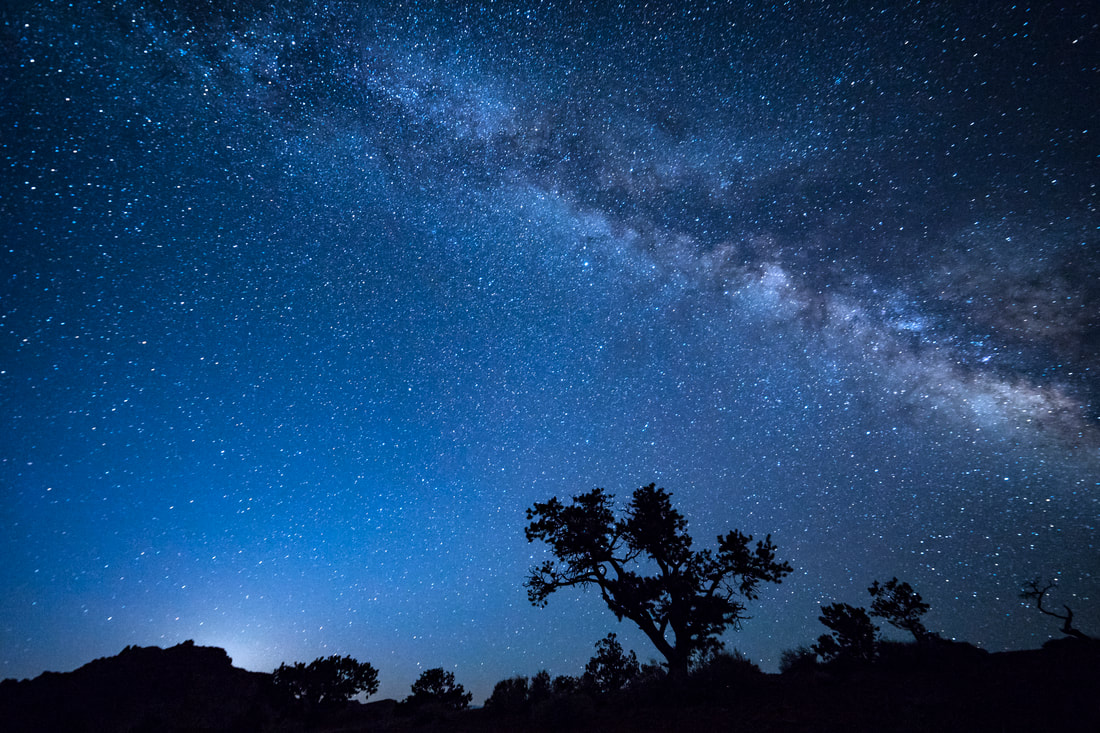 The image above is one from my first late night photography outing. The location is a plateau in Capitol Reef National Park, an extremely dark place at 3 a.m. in the morning. The site where I set up was about a 20 minute drive from the motel. The ride out was solitary, with not even a single other car on the road. There was a lot of trial and error on this first outing as you might expect. All the settings, including focus, are manual for this type of shot and you can't really see what you are capturing until after the image is taken. The small screen on the back of your camera shows you what your captured and then you adjust the camera and try again. And, then there was the gusty winds lashing across the plateau on this cold Spring evening that made it difficult to keep the camera steady on its tripod for the 60 second exposure needed to capture the image. There was some success too, however, as you can see from the image above. Not only does it capture the Milky Way high in the sky above the sage brush but it also depicts the night's moon rise. You can see the first bit of the moon breaking above the horizon in the lower left corner. What you can't see, however, is the sense of exhilaration that comes from being alone in the dark in a remote and wild location. Or, the sense of being exposed to who knows what when you cannot beyond a few feet in the dark. This is how it can look when the wind gets the better of your camera and tripod set up. This image of a meteor shower above Dead Horse State Park taken later on another trip makes it look like the meteors are wiggling as the fall from the sky. A neat effect you might say but not an accurate reflection of the night. Strong winds shook the camera enough through it's long exposure to create the effect. Teenage Mutant Ninja Star Fall might be an appropriate title for this image. :^) COVID took the freedom to roam away for too long and now global warming and droughts throughout the American West threaten the very survival of our land, at least in its present form. With the Western fire season we witnessed last year and the predictions for an order-of-magnitude greater fire season this year, does a road trip out West even make sense anymore? Will all this uncertainty make this our last road trip? Absolutely not. There are still things to see and experience. Have Camera | Will Travel. Keep up with us here and at TrekPic.com. All photos and text are copyright Clinton Richardson. If you like these posts, please tell your friends about the Venture Moola blog at Readjanus.com. And, feel free to share this blog. Click here if you would like to get a weekly email that notifies you when we release new entries. Or, click in the side column to follow us on Facebook or Twitter.
On Sunday, June 24, 1787, the forty-five year old pastor of the First Congregational Church of Ipswich Hamlet in Massachusetts set off alone in his one-horse shay. The Yale educated man of immense curiosity and resolve carried a cabinet with him to save botanical specimens he encountered on his trip. His mission, however, was not so much scientific as it was political. He was headed to meet with the Congress of the Confederation in New York City, the body that governed America before the Constitution was adopted in 1789. His name was Manasseth Cutler and he had a big proposal for the young Congress. Negotiations at the close of the American Revolution had resulted in the transfer of England's claim to the Northwest Territory to the American nation. Cutler and several partners had a plan for this territory, an area larger that the territory of the entire 13 States that sat north of the Ohio River to the Great Lakes and west to the Mississippi . His request was two-fold, for Congress to adopt laws governing the territory and to sell a portion of the land to a stock company he represented. The first requirement was critical to his group and to the many Continental Army veterans who looked to this uncharted territory as an opportunity to experience what would later become known as the American Dream. Washington and Jefferson both knew the importance of establishing rules to govern the new territory and supported efforts in the Congress to develop those rules. Jefferson even submitted a proposed charter that was not adopted. Interestingly, his proposal included a prohibition of involuntary servitude in the new territory, a system his livelihood depended on. Cutler and his partners had their own ideas about what an ordinance governing the territory needed to include. He and a group of ten men led by Revolutionary War General Rufus Putnam met on March 1, 1786, in the Bunch of Grapes tavern in Boston to formulate a plan for settlement of the territory. They established the Ohio Company to raise funds to acquire land for settlement and chose Cutler to represent them before the Confederation Congress. The group believed strongly that for settlement to succeed, Congress needed to adopt a governing ordinance that would establish their legal ownership of land purchased and provide a set of rules designed to encourage and support a healthy society. Among their requirements were freedom of religion, encouragement of schools and the means of education, good faith interactions with the Indians, and the prohibition of slavery and involuntary servitude from the territory. Cutler took the Ohio Company's plan to Congress with an offer, when combined with another interested developer, of $3.5 million to purchase property in the Northwest Territory if an Ordinance governing the territory could be adopted that fulfilled their requirements. In a debt-ridden new nation, this sum, the equivalent of more than $120 billion in today's dollars, was a strong incentive for its Congress to act. Still, there was opposition. Some feared mass exodus of citizens from their States while others objected to excluding slavery from the territory. Counter proposals were proposed which Cutler found unacceptable. Cutler left New York without an Ordinance to visit Philadelphia, where many influential legislators were working on a new Constitution to create a more powerful and stable United States. His meetings there included the eminent Benjamin Franklin and the noted physician and Jefferson correspondent Benjamin Rush. On his return to New York, Cutler continued to advocate for the ordinance the Ohio Company but to no avail. He finally notified legislators that he would leave New York empty handed that afternoon. This very real prospect of losing the revenues from a proposed sale of territory land evidently inspired the necessary spirit of compromise among the legislators. Before Cutler could leave, he was informed Congress had adopted a ordinance to govern the territory that was based largely on the Massachussets State Constitution. The new Northwest Ordinance included all of the Ohio Company requirements. The territory would recognize freedom of religion, encourage education and the means of providing it (every town would set aside property for a school-house and a university), Indian relations would be conducted in good faith, and slavery would be prohibited. Congress authorized its Treasury to close the sale of 5,000,000 acres to the two companies interested in purchasing land, with the Ohio Company acquiring 1,500,000 of those acres. Cutler returned to his church and only managed to visit the new settlement that followed his negotiations once in his lifetime. The first town established by the Ohio Company would be at the confluence of the Muskingum and Ohio rivers and would be named Marietta to honor the French Queen Marie Antoinette who, it was commonly believed, had done much to persuade Louis XVI to support the American cause during the Revolution. So, if you have wondered what real estate developers have ever contributed to the well being and prosperity of the United States, you now have your answer. But, of course, Manasseth Cutler was much more than a developer. He was an highly educated man, a preacher, a physician, a veteran, and someone who was deeply invested in providing opportunity for American citizens. Image above from a stamp. It depicts the signing of the Articles of Confederation.
Those who guessed last week that we were at Mara River on the Kenyan border to watch the Wildebeest Migration got it right. Here is a moment from our approach as we traveled to see this National Geographic moment. And, another as the Wildebeest slowly make their way to the river crossing. We did not see any crocodiles challenging the crossing midstream but did witness this lioness take down one unfortunate wildebeest. Below, she has moved her kill to higher grass to catch her breath and announce her kill with a roar. This was the only casualty while we were there. Most, as you can see below, made the transit without a challenge. No new Where In the World today. I am taking a break from Facebook. If you don't want to miss the next posting, click on the link and subscribe for email updates. Best wishes. -----
All photos and text are copyright Clinton Richardson. If you like these posts, please tell your friends about the Venture Moola blog at Readjanus.com. And, feel free to share this blog. Click here if you would like to get a weekly email that notifies you when we release new entries. Or, click in the side column to follow us on Facebook or Twitter. Where can you find political courage in the face of a self-proclaimed law and order President? In 1963, Michigan’s Republican Governor surprised my hometown of Grosse Pointe when he appeared with black leaders and civil rights activists to march in protest of housing segregation. The Governor spoke to the gathered crowd and promised to establish a civil rights commission to help eliminate “human inequality and discrimination.” When asked, he said he had chosen to get involved in the march because the issues involved were “so fundamental that they are above the partisan level.” Our Governor would go on to serve several productive terms as Michigan’s Governor. In 1968, he would run for the Republican nomination as President, beginning the race as the Party’s front runner only to lose to Richard Nixon. He continued to support civil rights and fight extremism throughout his career, which made him unpopular with many in his church and put him at odds with the Republican Party and his President. When he served as Nixon’s head of the Department of Housing and Urban Development, he directed the Department to reject projects from States that promoted segregated housing. The President shut down his program and refused to meet with him. Unable to be effective in the position, our Governor resigned. His son would inherit his father’s interest in politics and his sense of duty. In 2012, he would even carry the Republican Party’s standard as its Presidential nominee. Later, serving as a freshman Senator from Utah, he would have his own moral reckoning on a national stage. President Donald Trump had been Impeached by the House of Representatives for withholding Congressionally directed aid to Ukraine to force its leaders to start a dubious investigation into Trump’s likely opponent in the upcoming Presidential election. The evidence was overwhelming - a transcript of the call in question had been made - but the Republican Representatives did everything in their power to discredit the proceedings. When the proceedings reached the Senate for the required trial, the Republican majority fell in line with the President’s direction and refused to even hear testimony. Making short order of the proceedings, some would say a mockery, a vote was called that declined to convict the President. The vote was on Party lines. The minority Democrats voted almost unanimously to convict while the majority Republicans voted to exonerate. One Republican Senator, however, broke with his party to vote his conscious and to convict the President on the evidence. And, yes, he was the son of our principled Michigan Governor and the standard bearer for his Party in 2012. Senator Mitt Romney, in placing his vote to convict, stated in his floor remarks that “Were I to ignore the evidence that has been presented, and disregard what I believe my oath and the Constitution demands of me for the sake of a partisan end, it would, I fear, expose my character to history’s rebuke and the censure of my own conscience.” He added, “I will tell my children and their children that I did my duty to the best of my ability, believing that my country expected it of me.” Like father, like son. George Romney, the Michigan Governor and head of Nixon’s Department of Housing and Urban Development who fought for civil justice even when his Party and President disagreed because it he believed civil just to be “so fundamental” as to be “above the partisan level” would have been proud of his son’s actions. And, when protests erupted over George Floyd's untimely death at the hands of Minneapolis police, who would be the only Republican Senator marching with the crowds to show his support for civil justice and human rights? You, guessed it. Mitt Romney. It makes you wonder how much of Abraham Lincoln's values survive in today's Republican Party. For the Romneys at least, principle, civil justice, and country rise above Republican Party politics. -----
All text is copyright Clinton Richardson. If you like these posts, please tell your friends about the Venture Moola blog at Readjanus.com. And, feel free to share this blog. Click here if you would like to get a weekly email that notifies you when we release new entries. Or, click in the side column to follow us on Facebook or Twitter. So, where in the world? It is September and the temperatures are in the low 80s. And, where were we last week? At the National Museum of the American Indian located in the Alexander Hamilton U.S. Customs House near Battery Park in New York City. Just steps from a great spot to view the Statue of Liberty and not far from Ellis Island. Here are a few more images. Even Lady Liberty needs to answer her phone once and awhile. A different kind of lady liberty. On the right is an Indian Peace Medal, issued by Thomas Jefferson's administration for the Lewis and Clark Expedition. This is not an Indian artifact in the strictest sense. It was issued by the General Court of Massachussets in 1676 and awarded to Christian Indian scouts in a forced internment camp on Deer Island in Boston Harbor. The English recruited these scouts to assist themselves during King Phillips War, a war precipitated by the Wampanaog natives in an effort to drive out the encroaching settlers. This is a box-and-border robe from the Lakota tribe, probably from South Dakota around 1865. Made of buffalo calf hide and glass beads, it was typical of robes worn by Lakota women in their puberty ceremonies and by married women. -----
All photos and text are copyright Clinton Richardson. If you like these posts, please tell your friends about the Venture Moola blog at Readjanus.com. And, feel free to share this blog. Click here if you would like to get a weekly email that notifies you when we release new entries. Or, click in the side column to follow us on Facebook or Twitter. |
the blog
Travel, history, and business with original photos.
your hostClinton Richardson - author, photographer, business advisor, traveler. Categories
All
Archives
July 2023
Follow us on Facebook
|
Check out Ancient Selfies a 2017 International Book Awards Finalist in History and 2018 eLit Awards Gold Medal Winner and
Passports in his Underpants - A Planet Friendly Photo Safari a 2020 Readers' Favorite Winner in Nonfiction
Site Copyright 2024 by Clinton Richardson
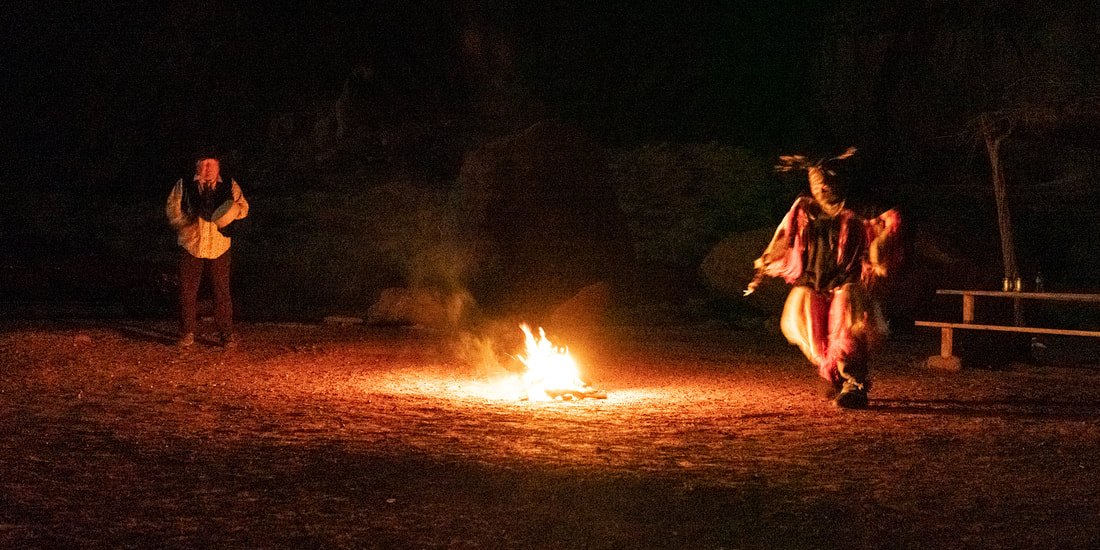
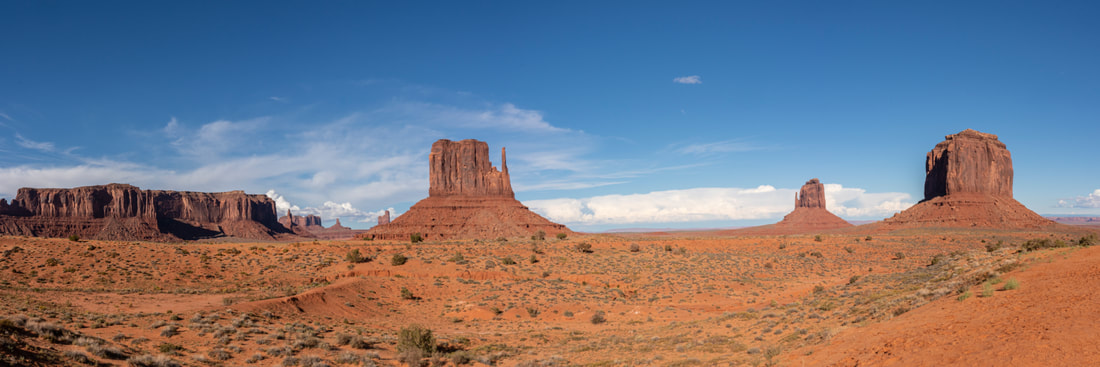
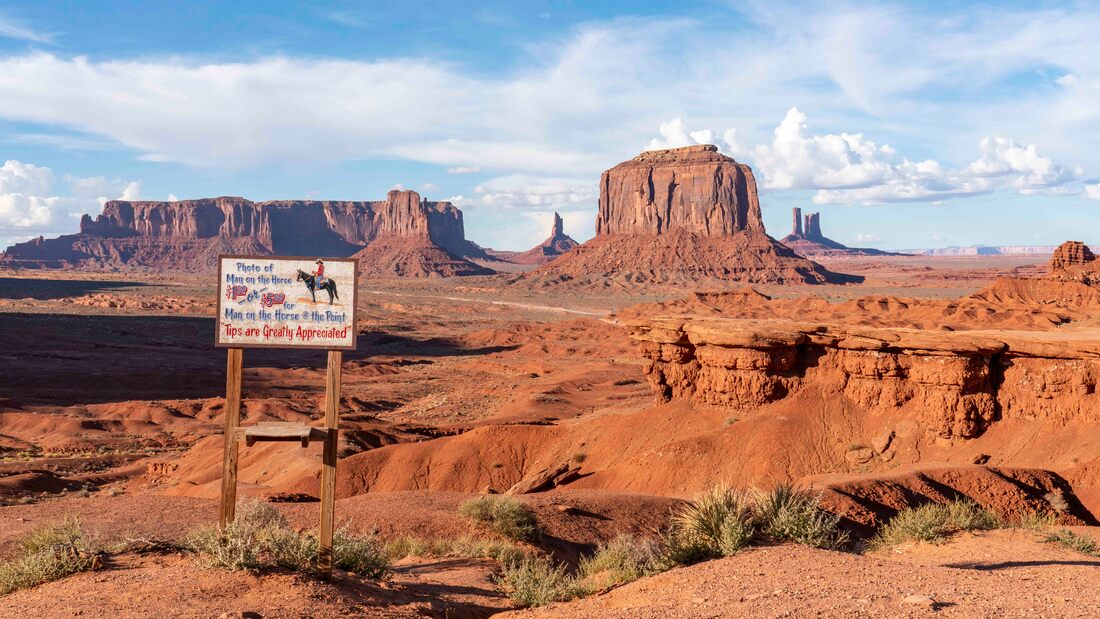
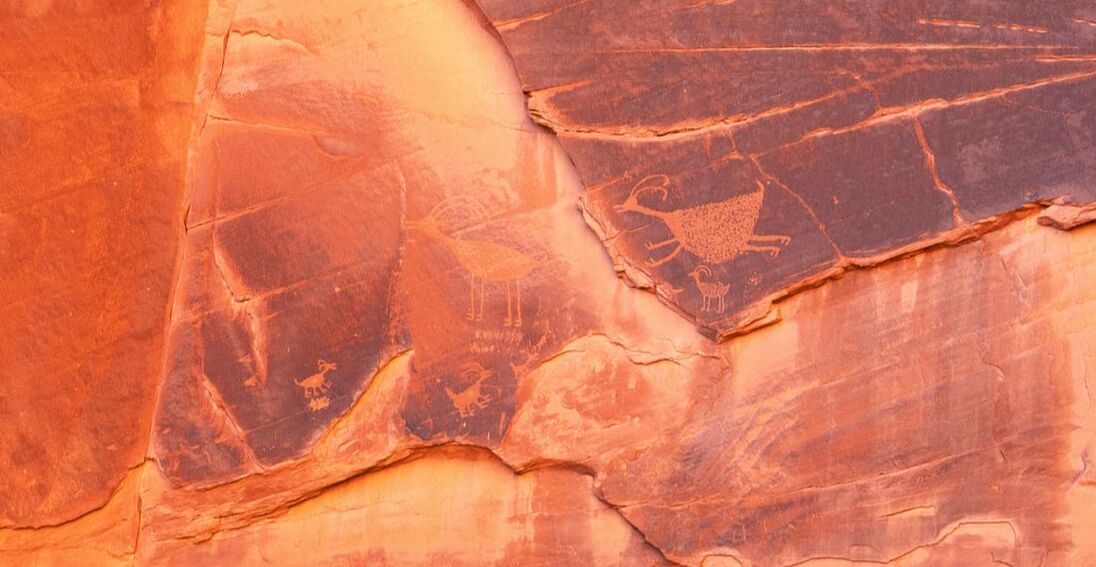
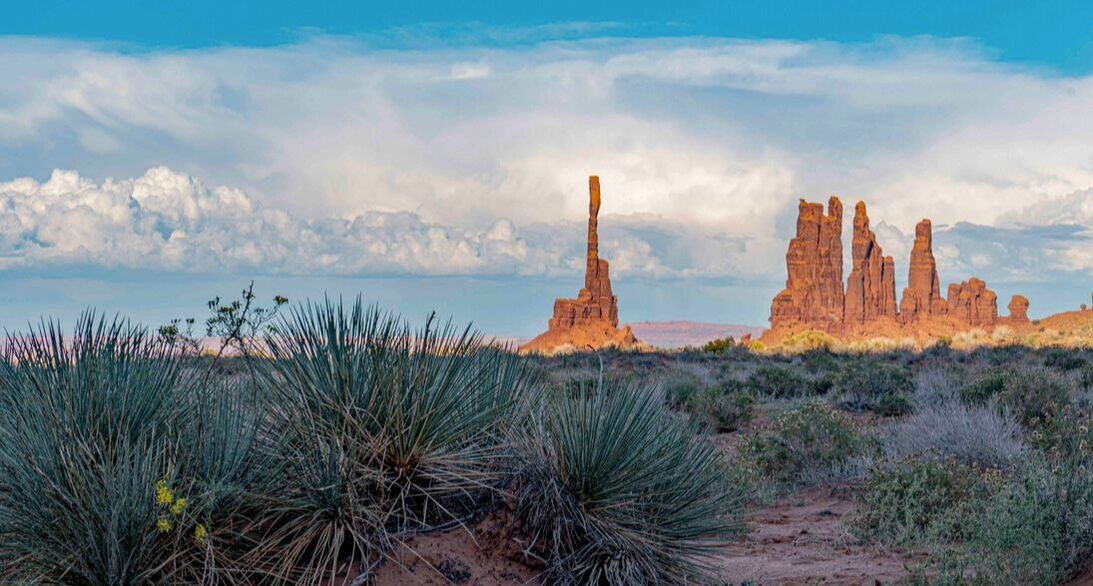
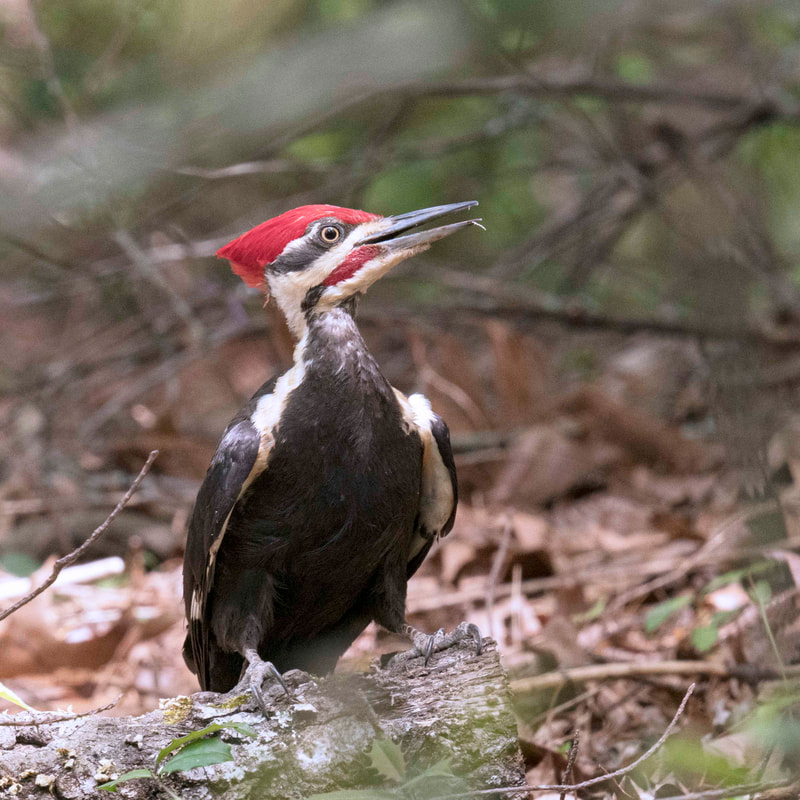
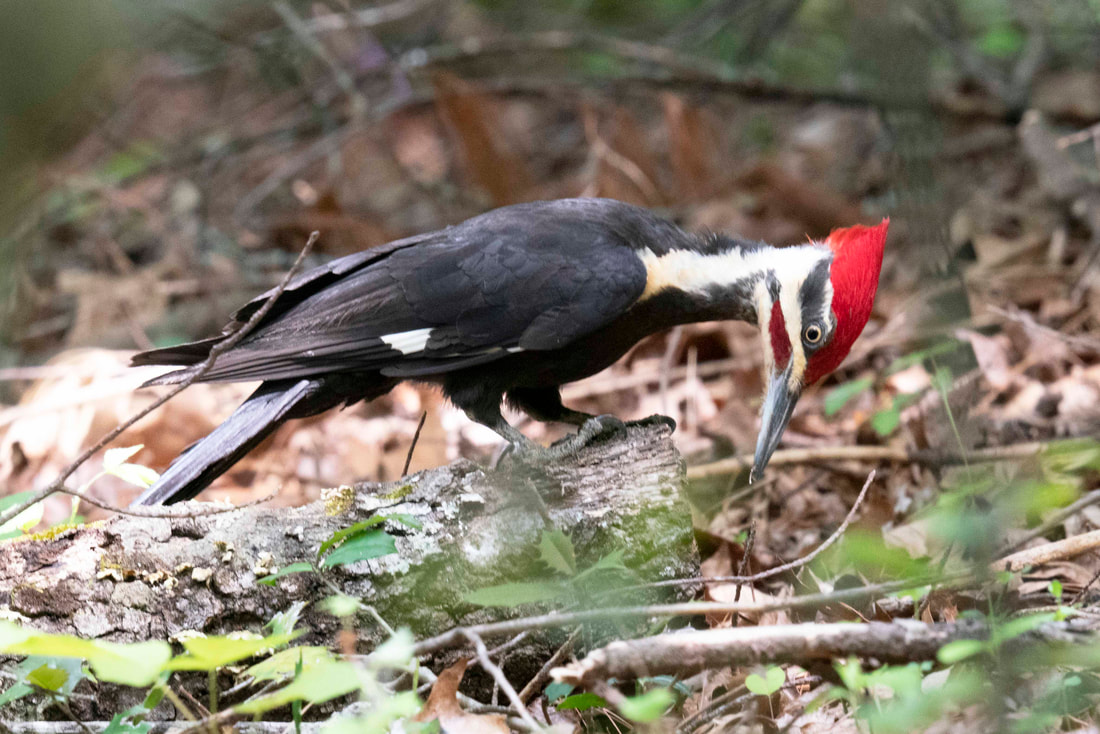
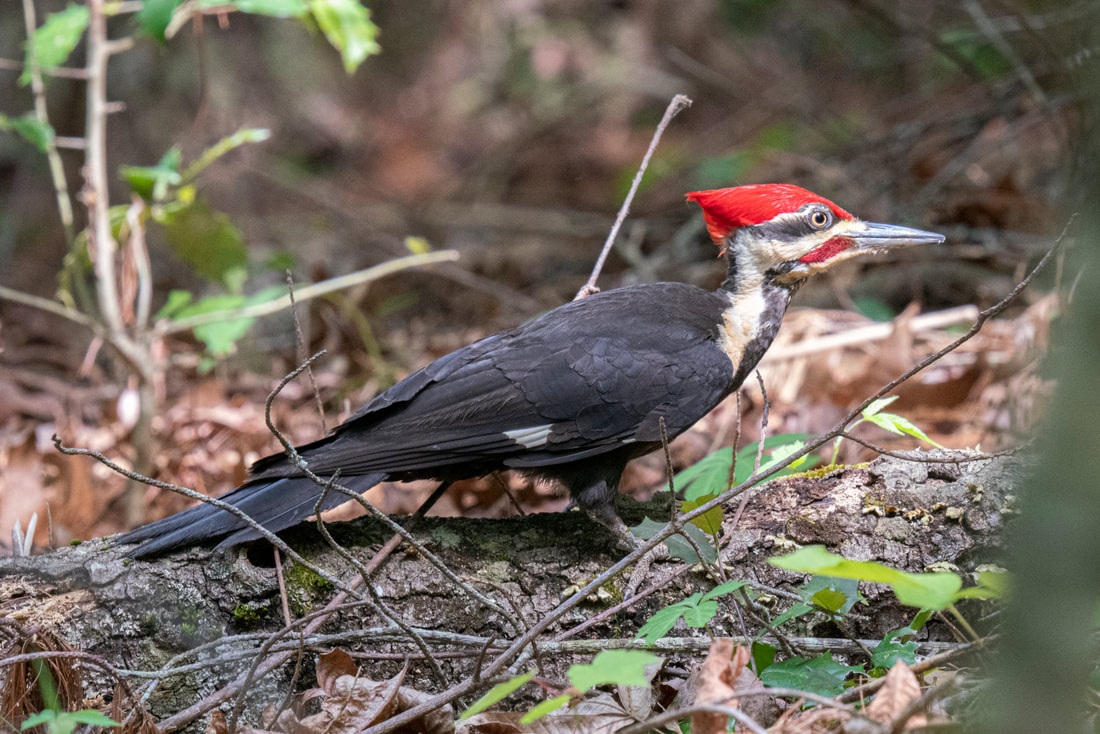
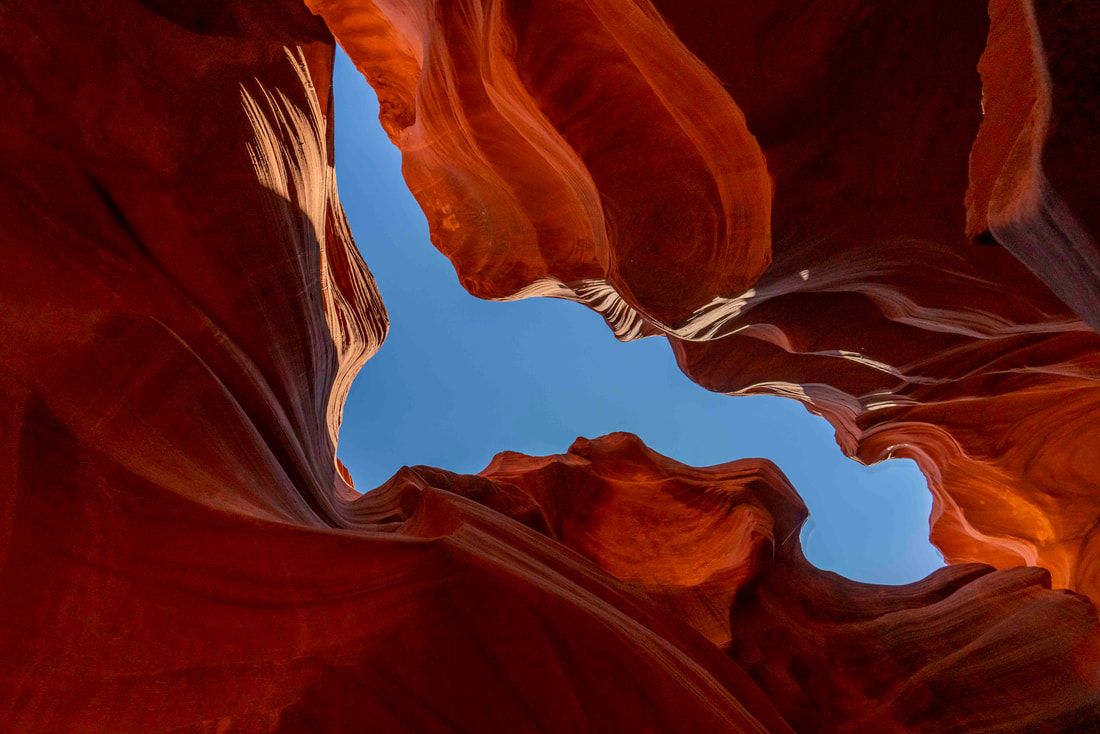
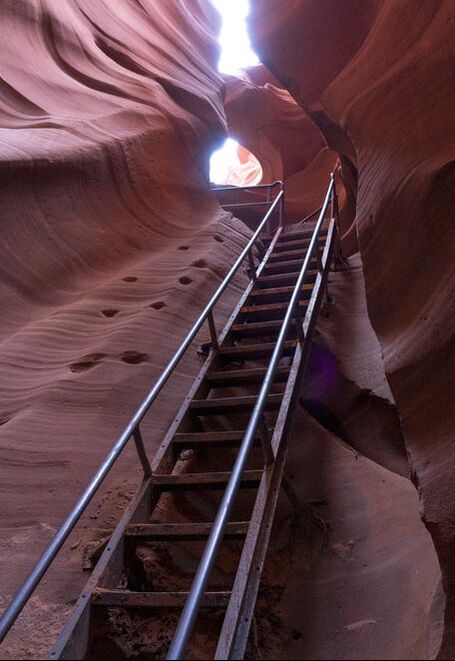
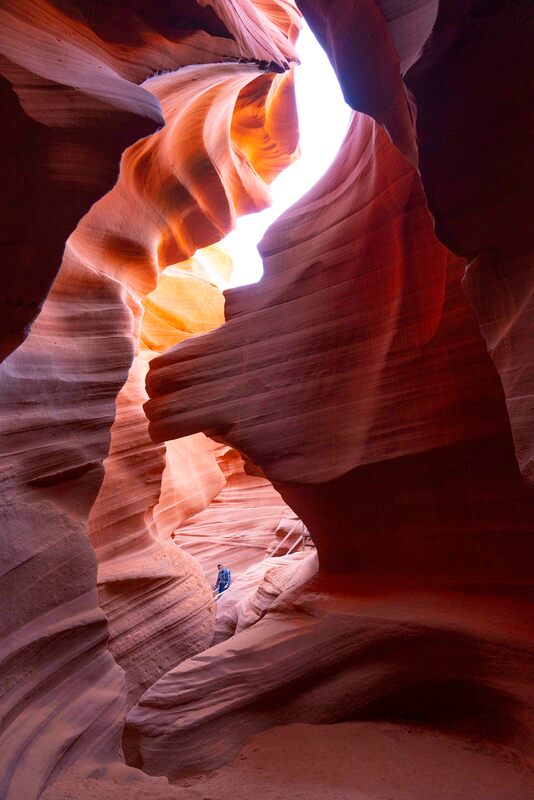
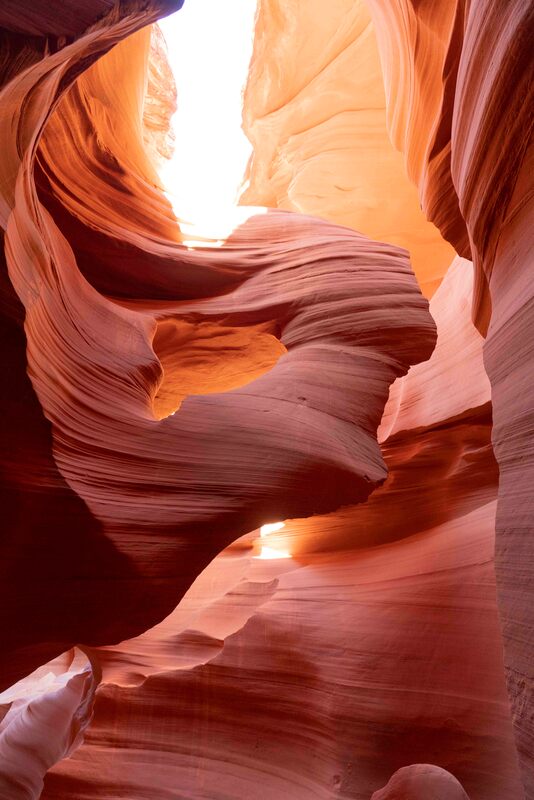
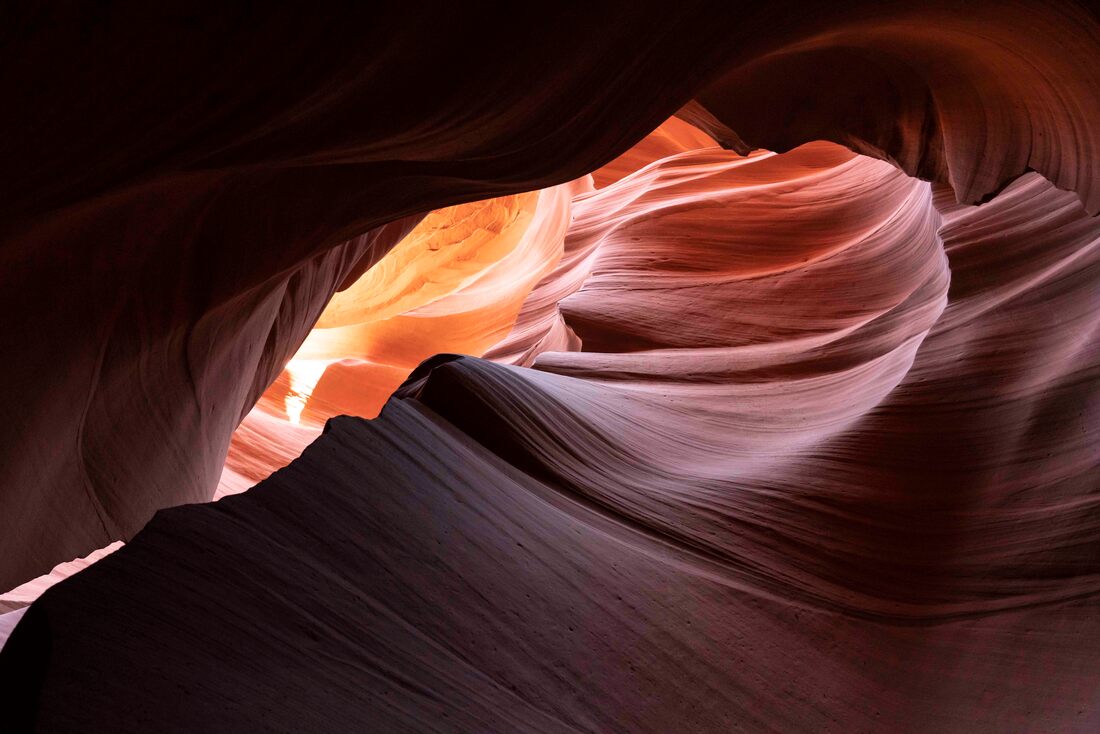
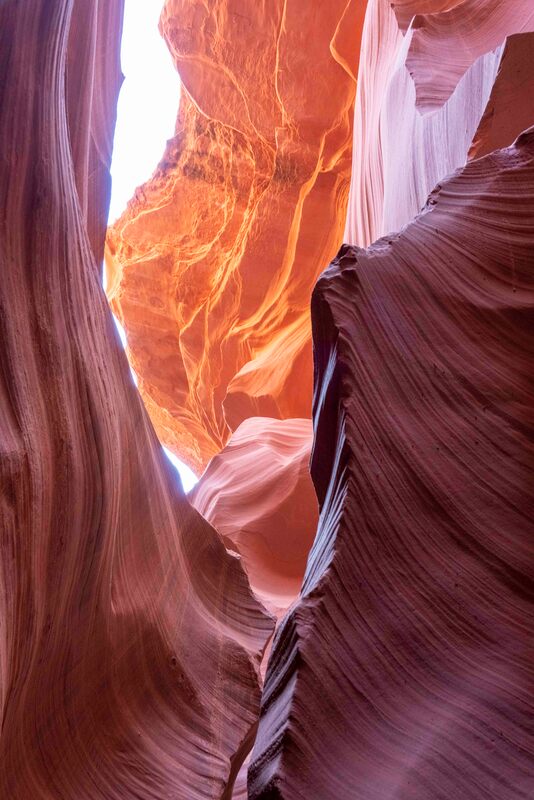
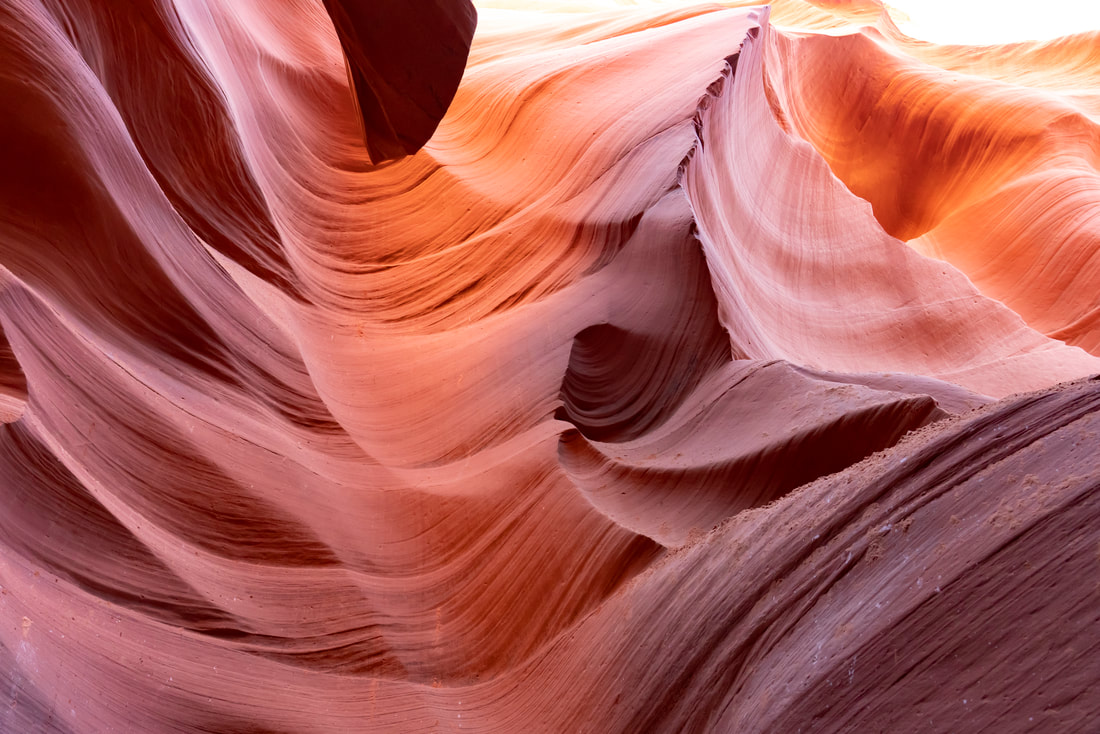
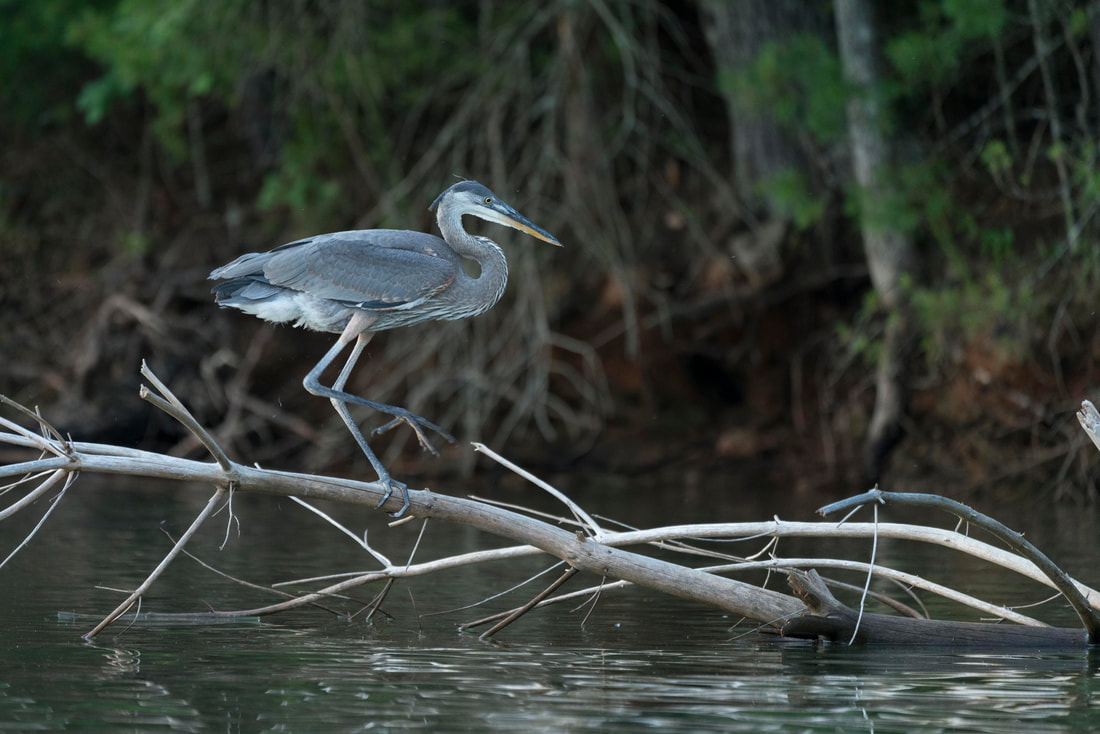
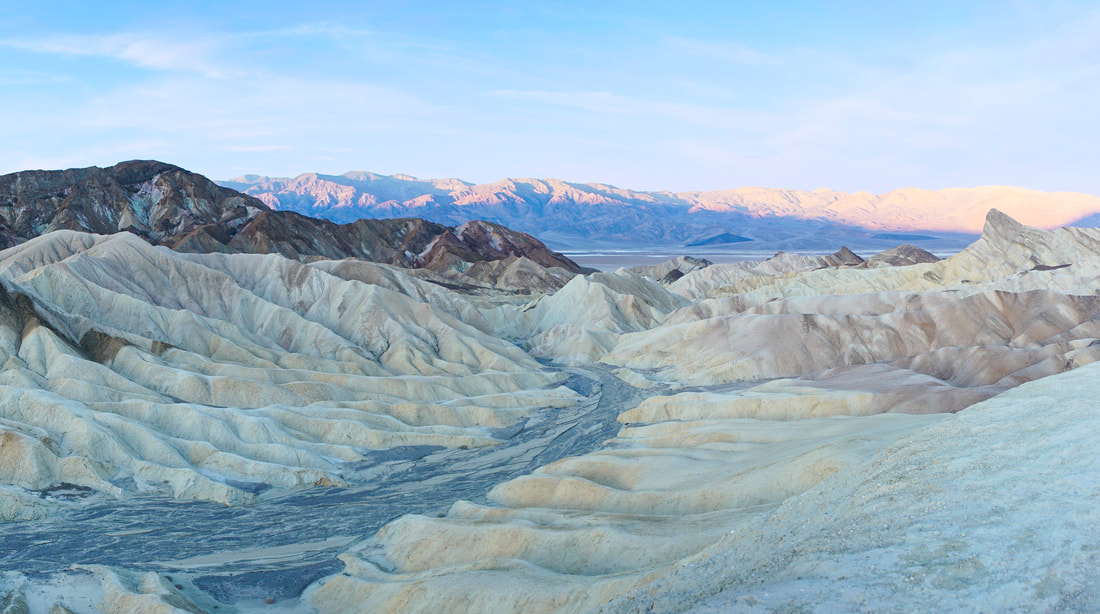
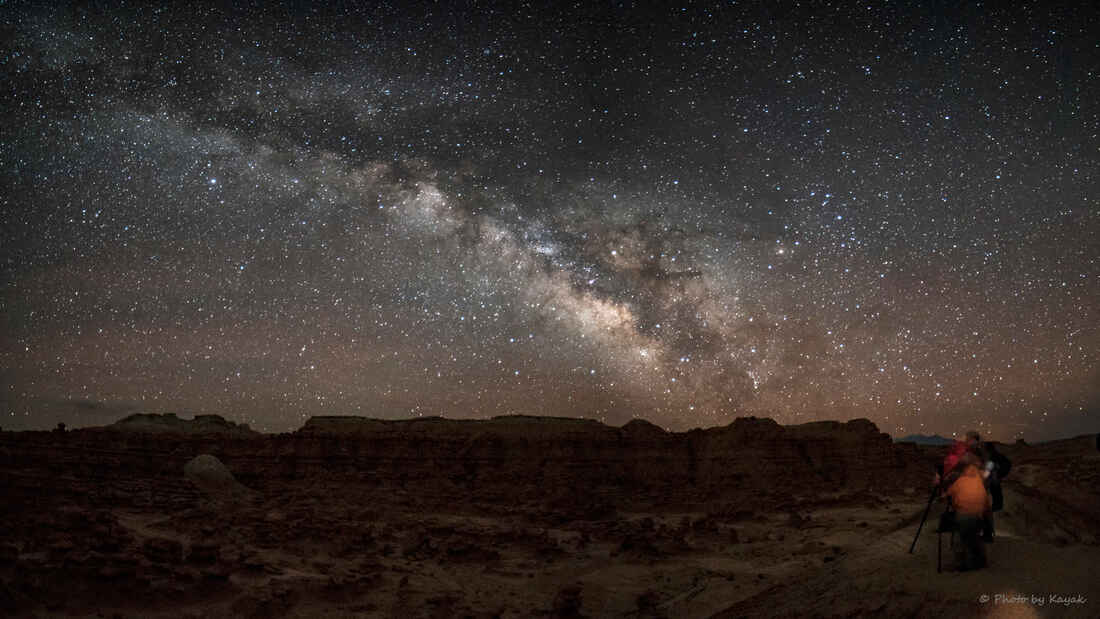
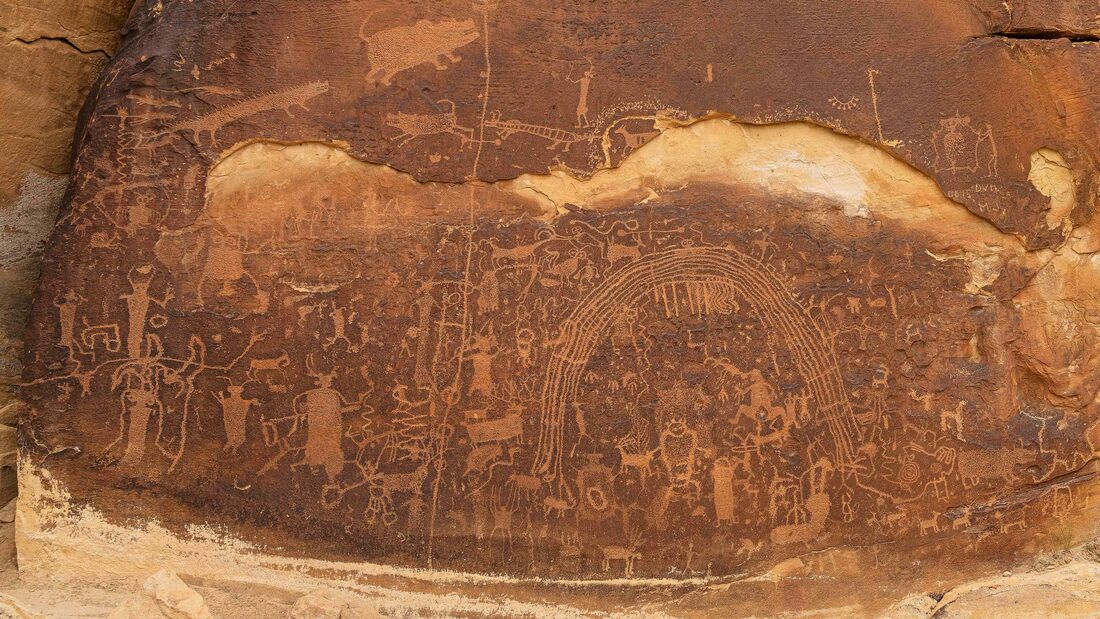
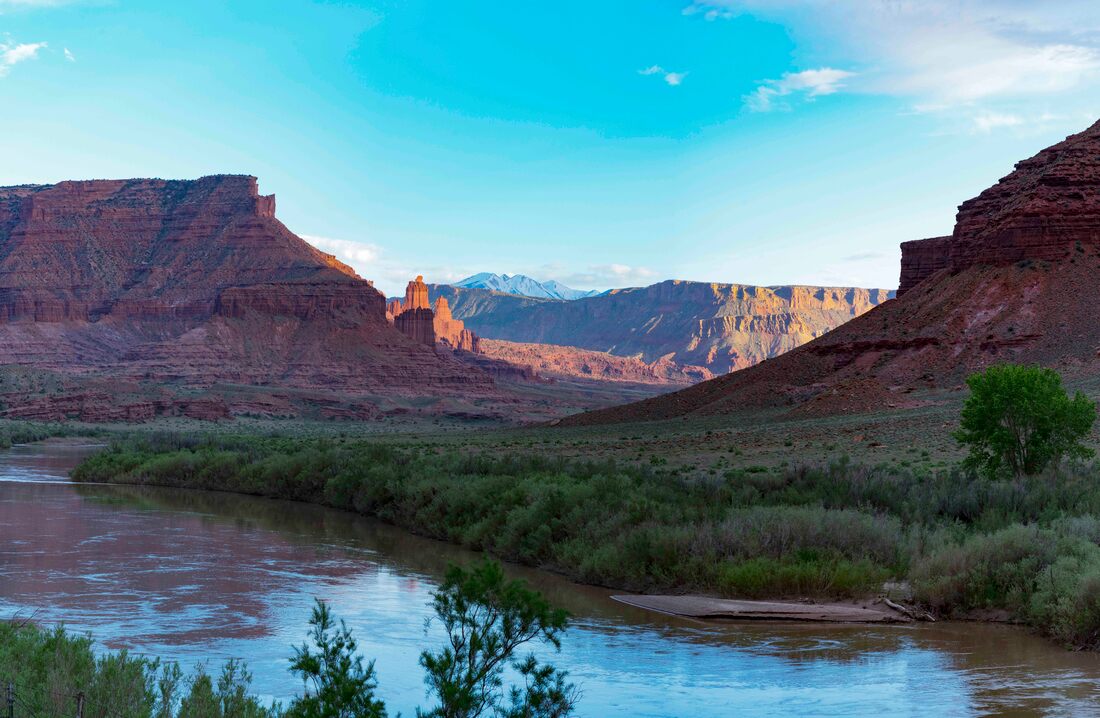
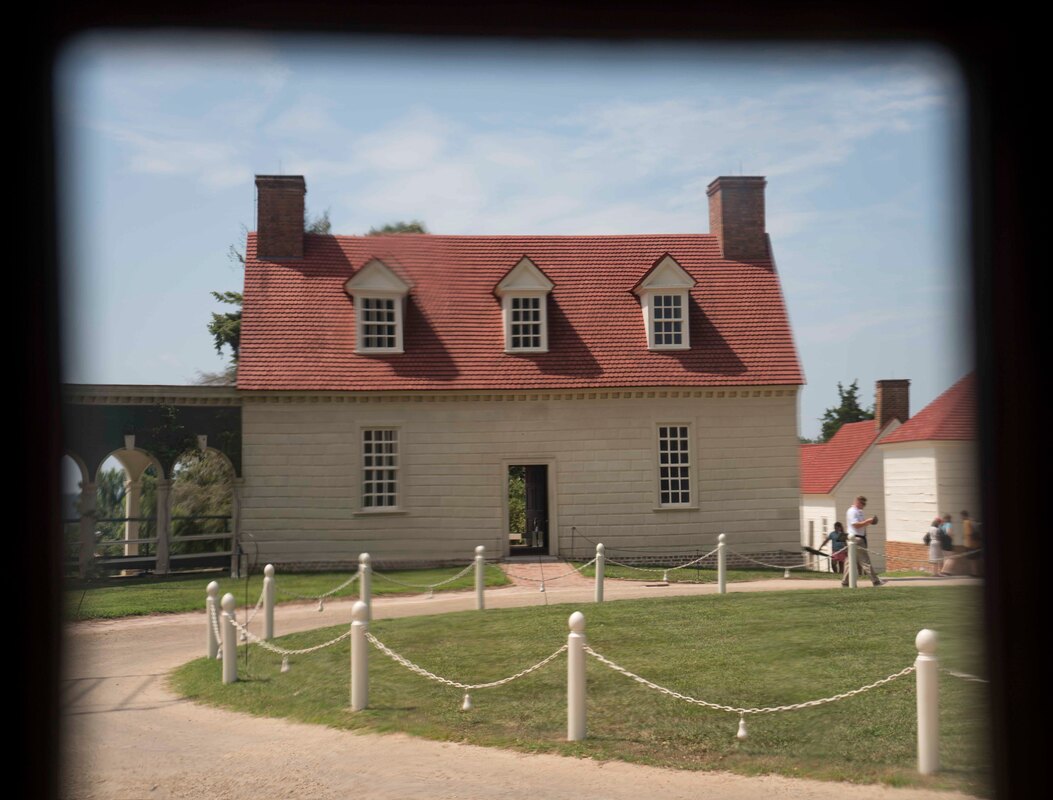
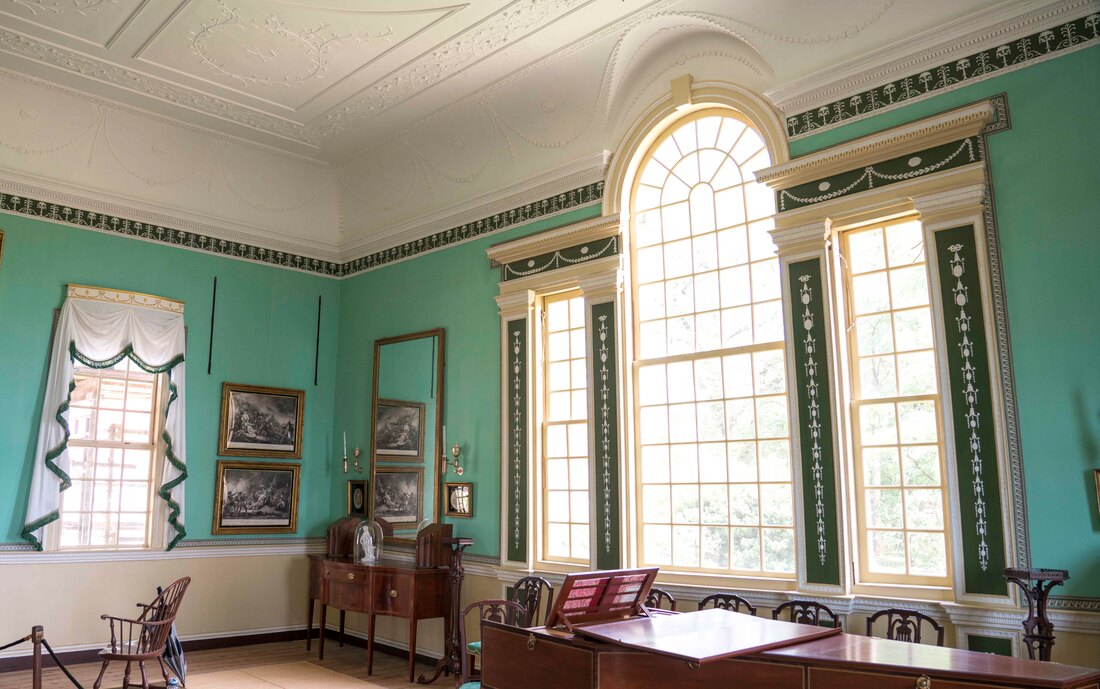
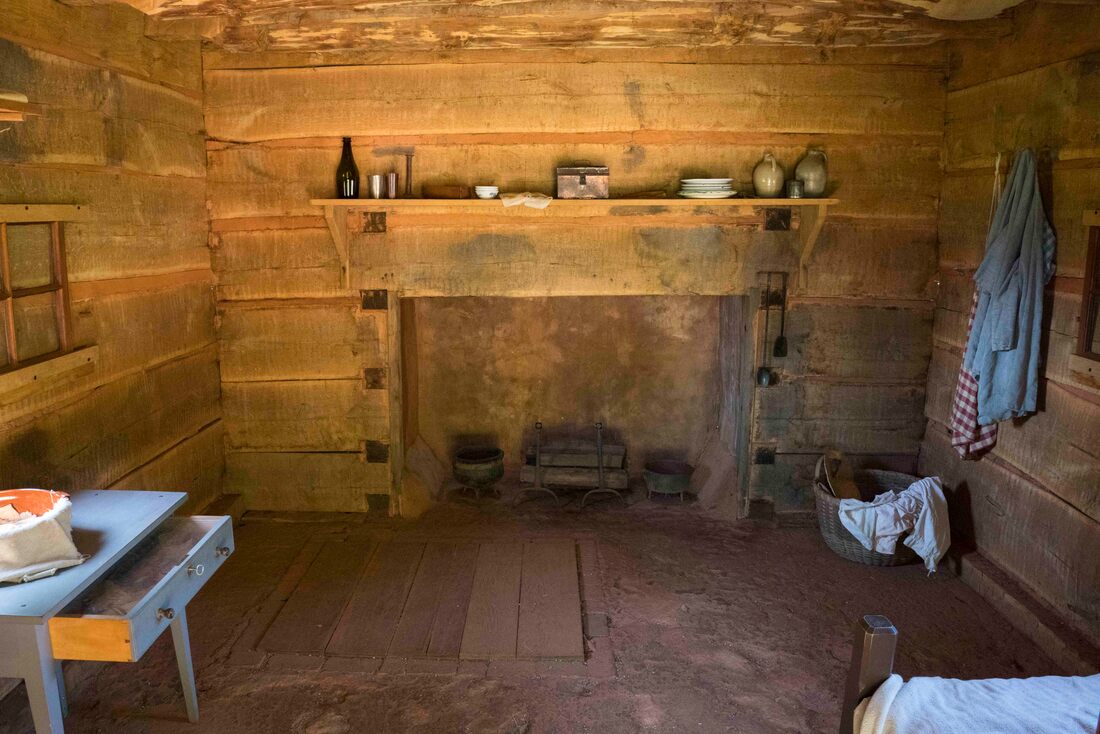
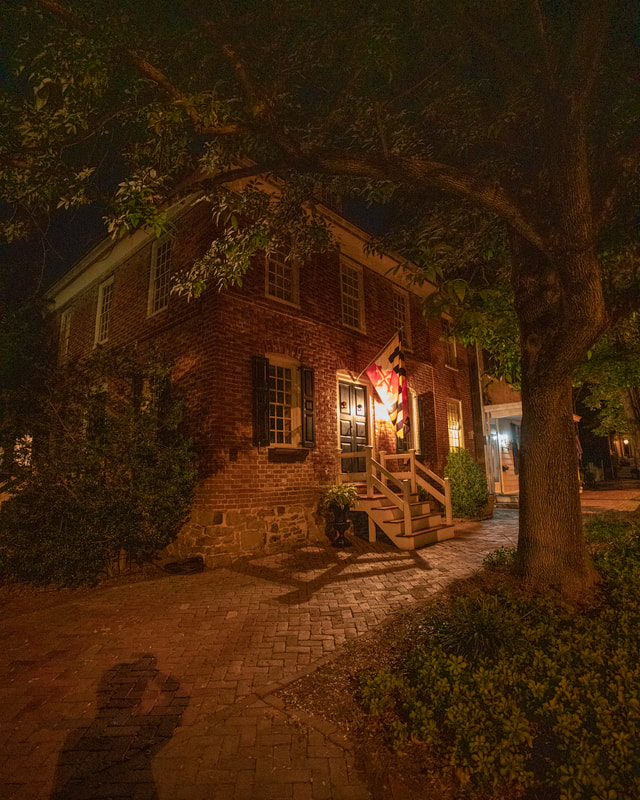
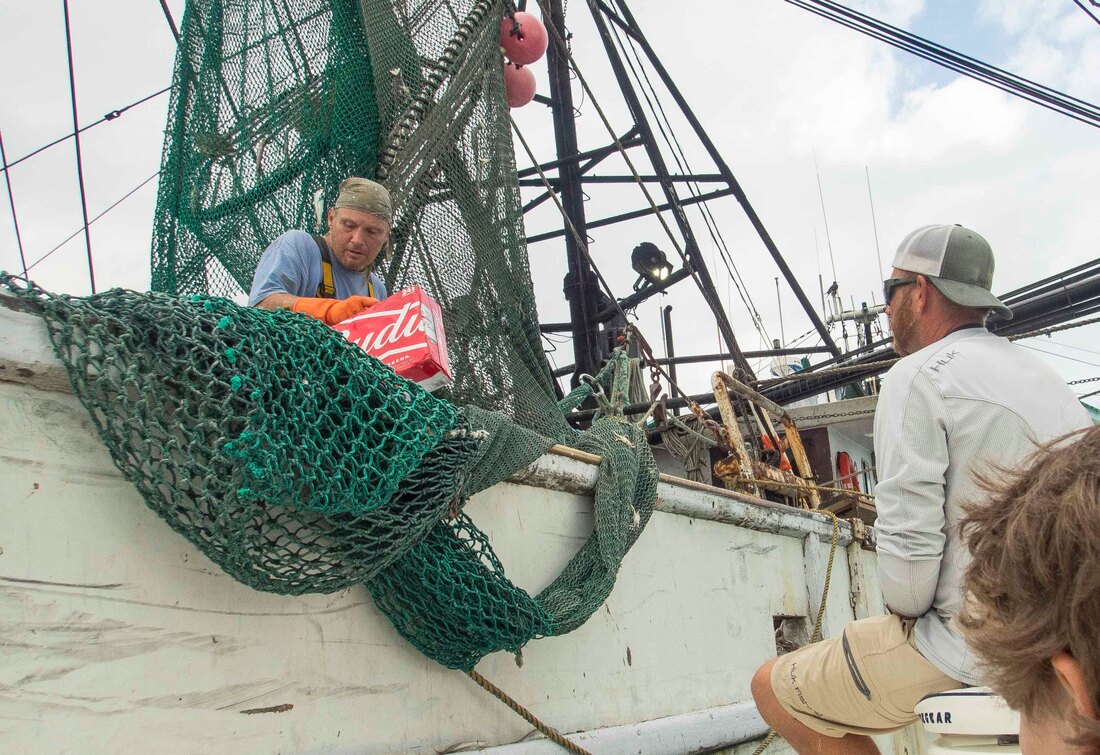
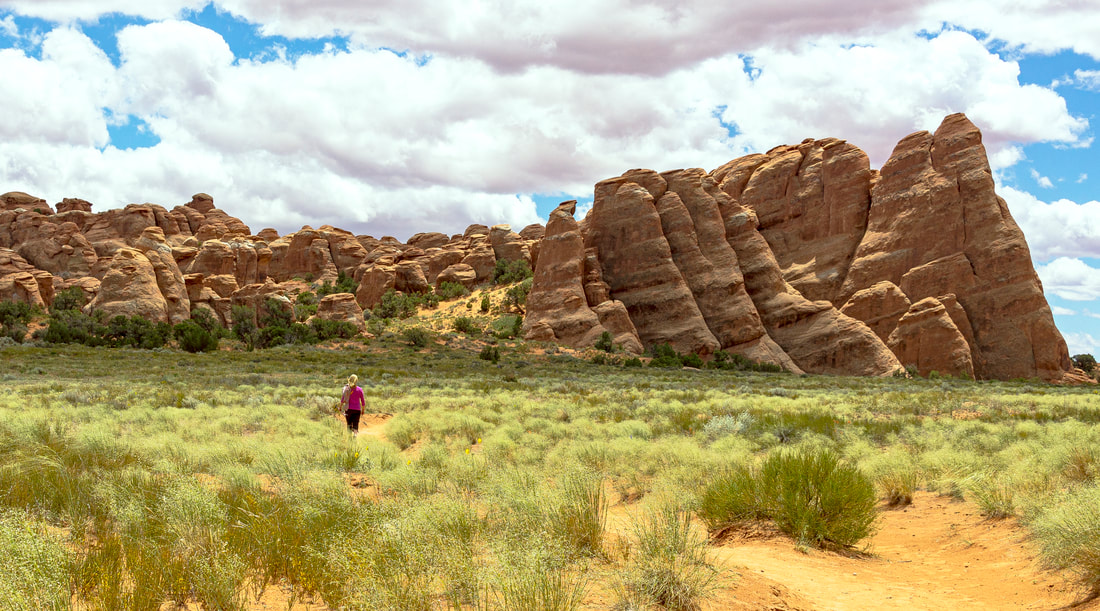
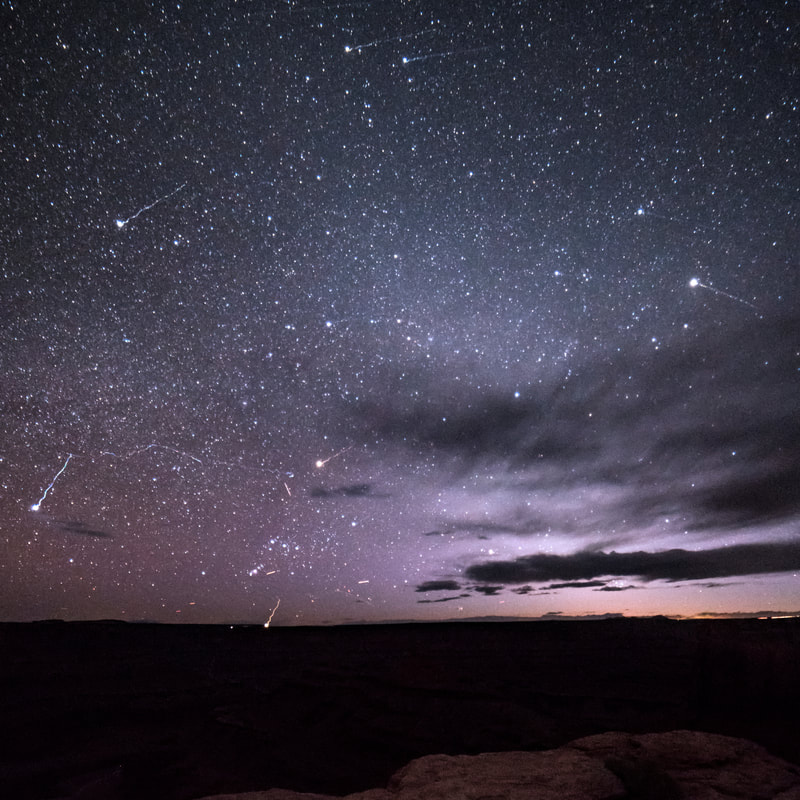
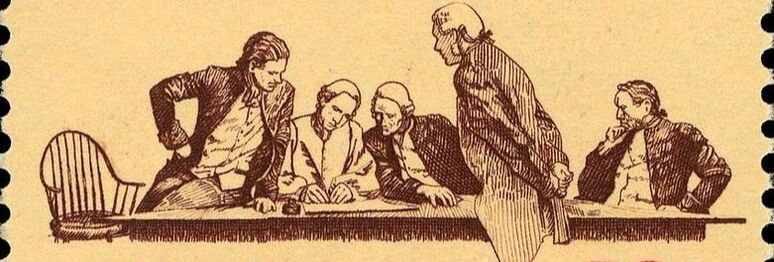
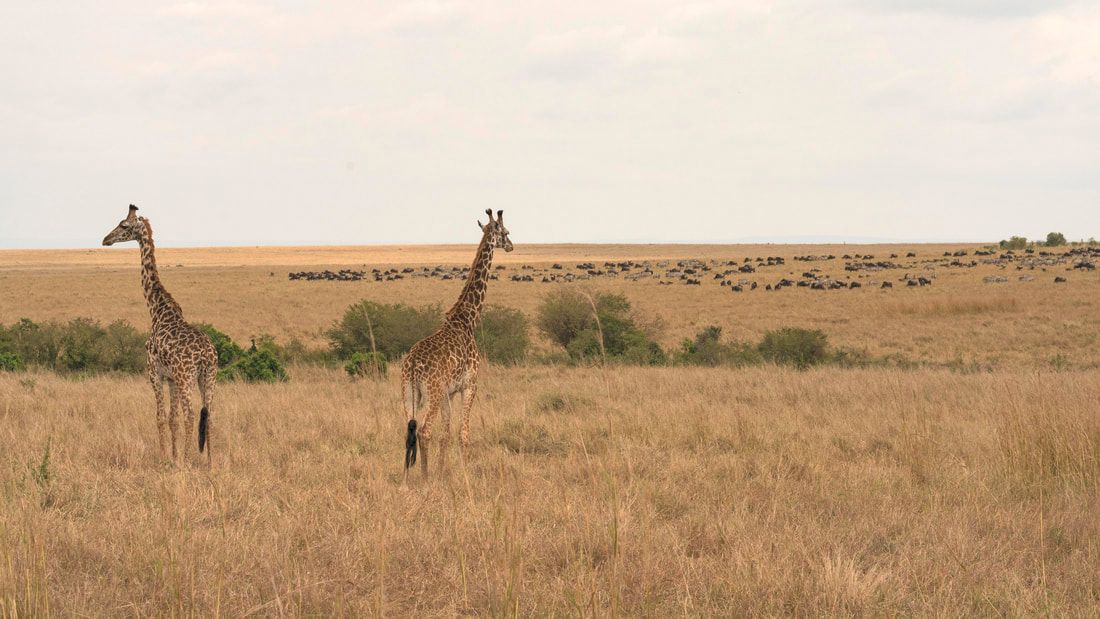

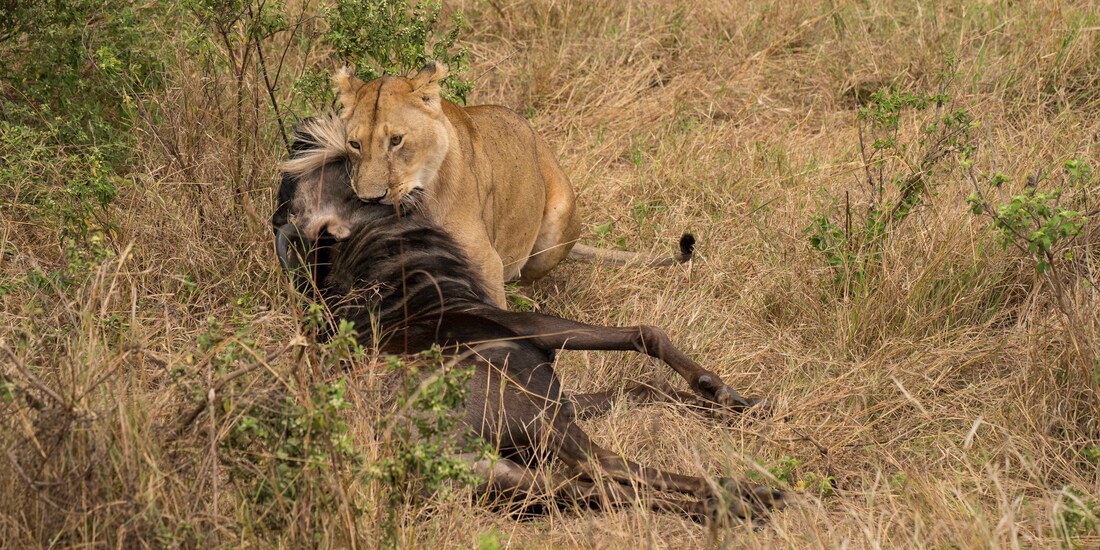
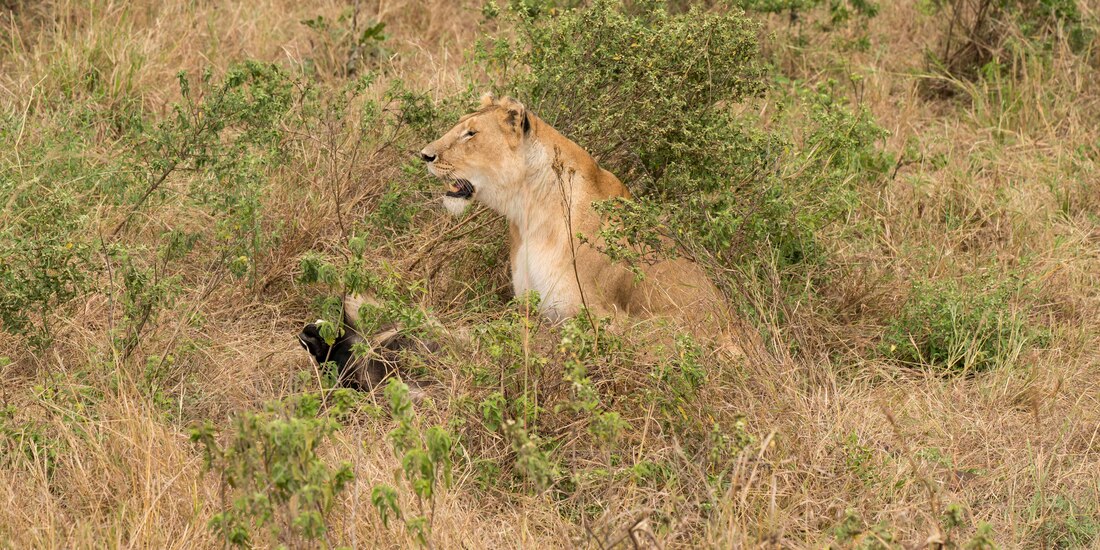
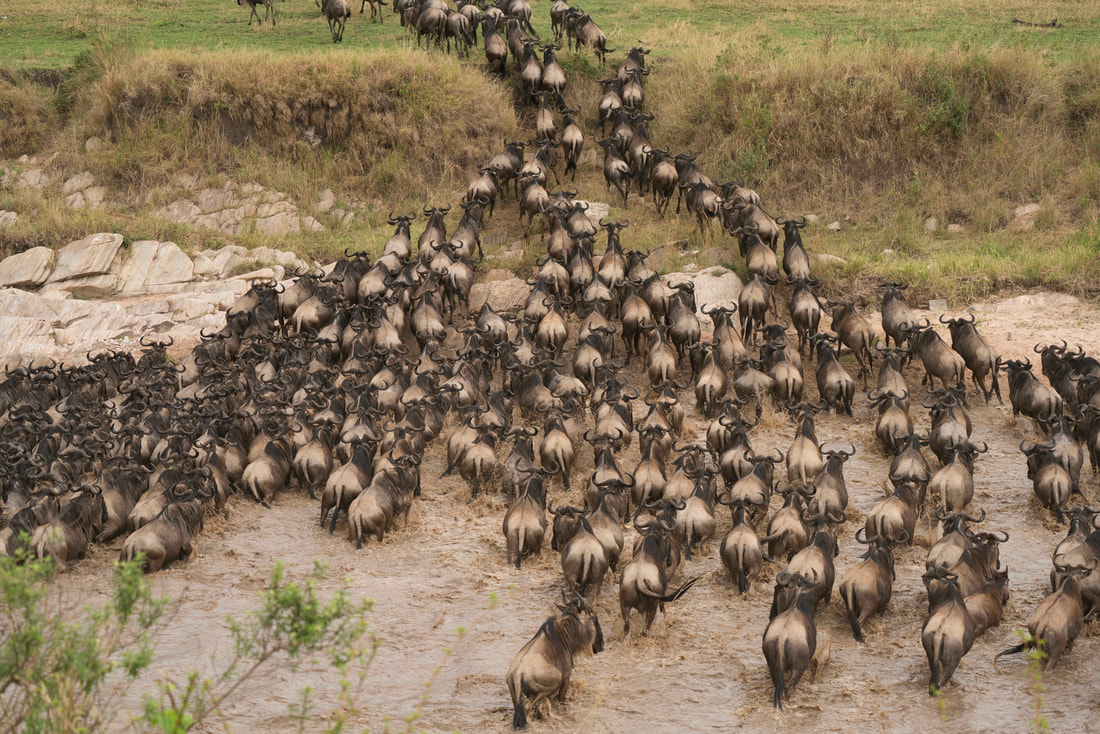
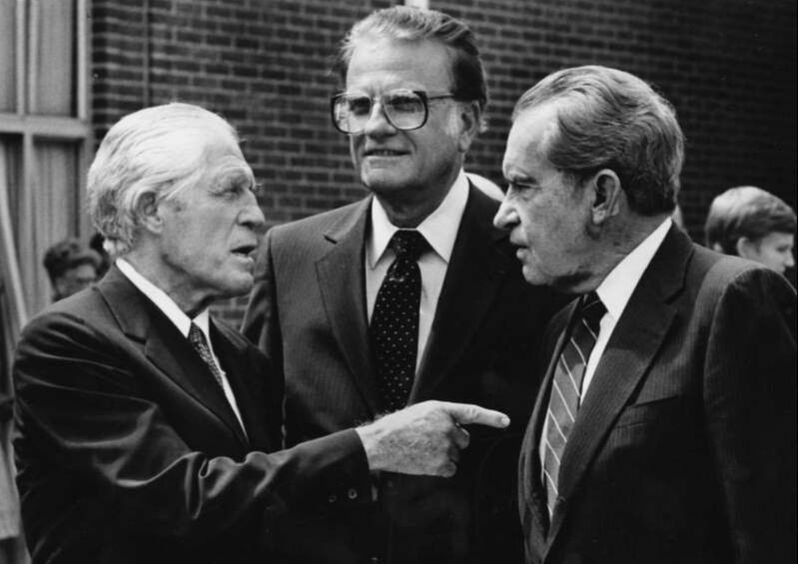
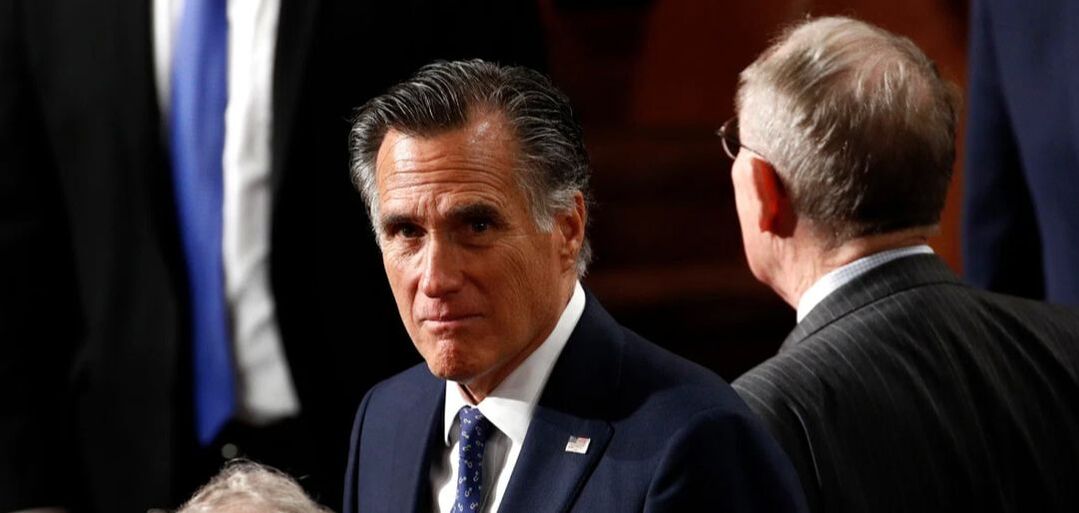
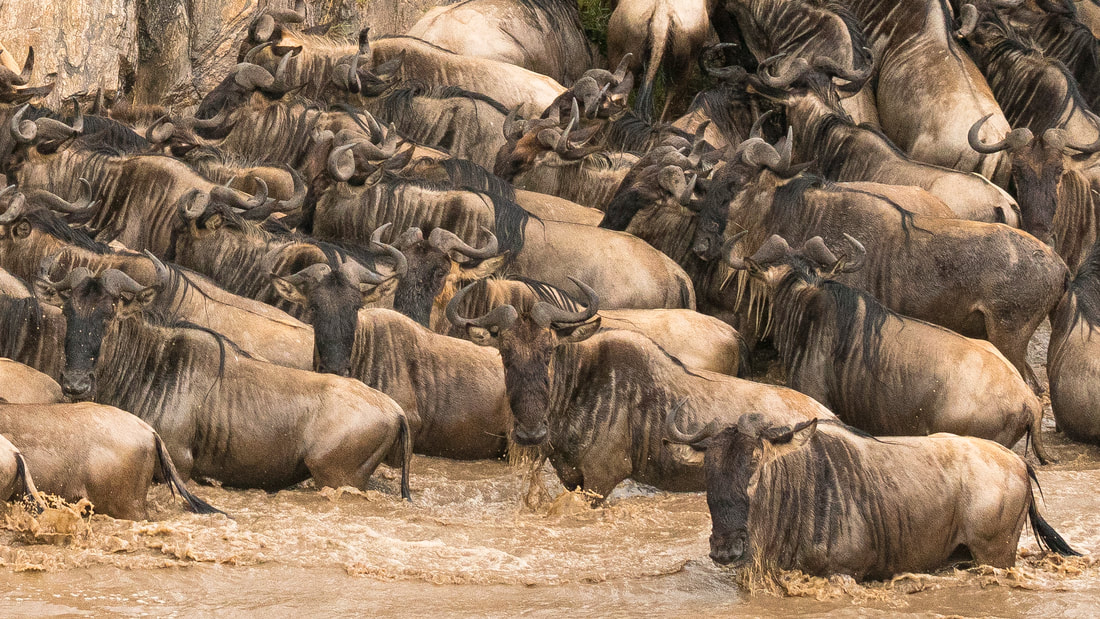
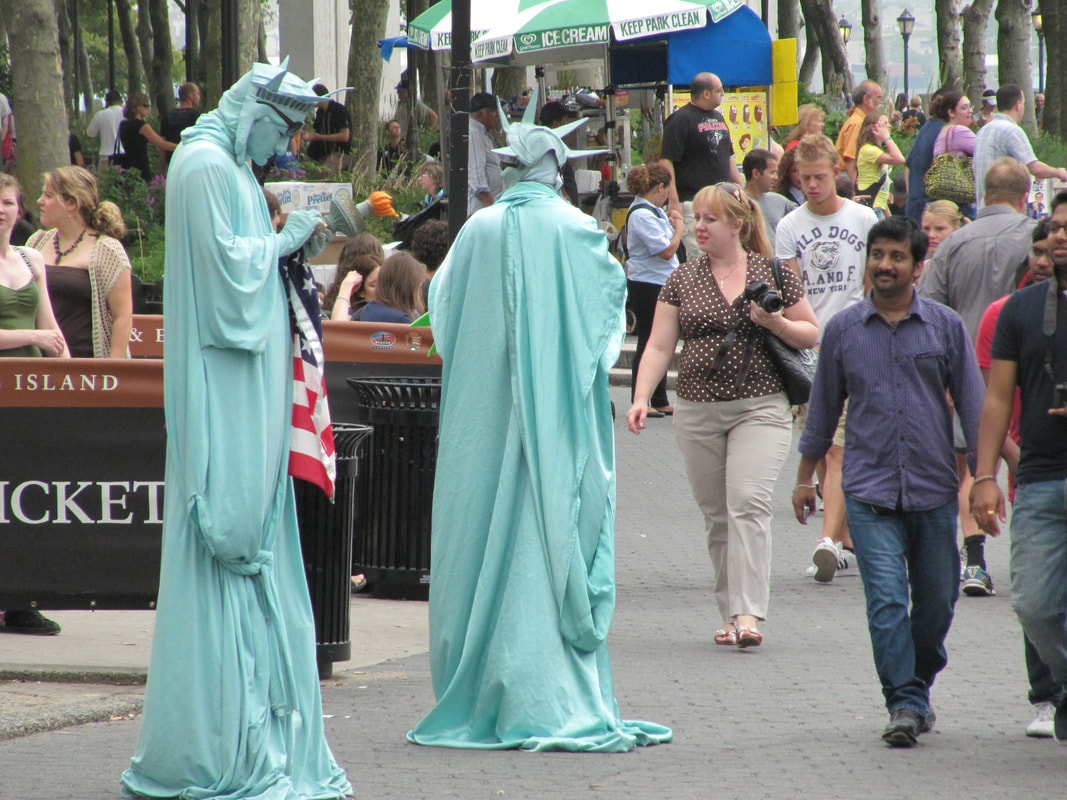




 RSS Feed
RSS Feed